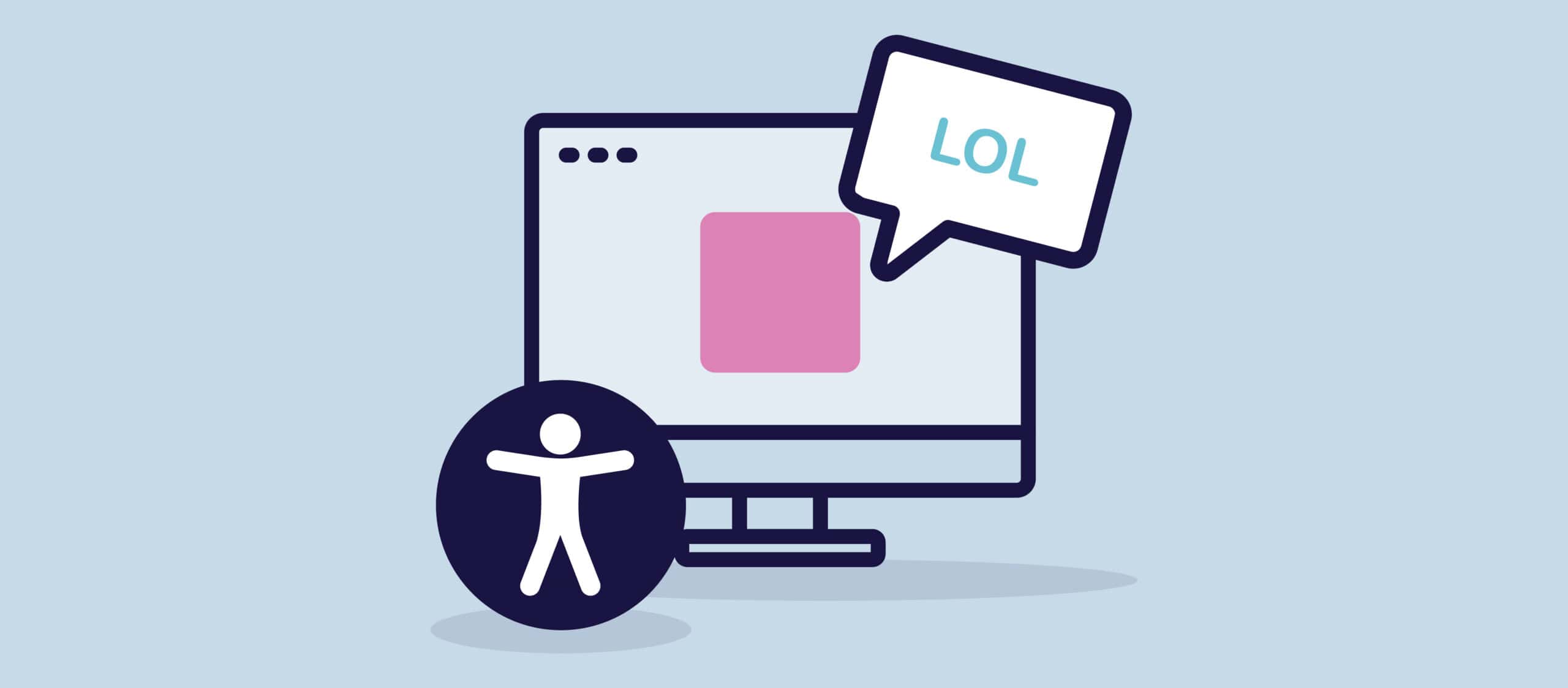Following the Web Content Accessibility Guidelines (WCAG) is important for several reasons:
- Legal Compliance: In many countries, including the United States, Canada, the United Kingdom, and many countries in the European Union, digital accessibility is a legal requirement. The WCAG are often used as a reference by courts and regulatory agencies when determining whether digital content and services are accessible.
- Inclusion: By following the WCAG, designers and developers can ensure that their digital content and services are accessible to as many people as possible, regardless of their abilities. This promotes inclusion and ensures that everyone has equal access to information and services.
- Best Practices: The WCAG are widely recognized as the standard for digital accessibility and are often used as a reference by designers and developers. Following the WCAG can help ensure that digital content and services meet the highest standards of accessibility.
- Increased Usability: By following the WCAG, designers and developers can improve the usability of digital content and services for all users, not just those with disabilities. This can result in a better user experience and increased engagement.
By following these guidelines, designers and developers can ensure that their digital content and services are accessible to as many people as possible.
What are the web accessibility guidelines?
The Web Content Accessibility Guidelines (WCAG) are a set of guidelines developed by the World Wide Web Consortium (W3C) that provide a framework for making web content accessible to people with disabilities. The guidelines consist of four principles that form the foundation of digital accessibility: Perceivable, Operable, Understandable, and Robust.
Each principle is further divided into guidelines and success criteria that provide more specific guidance on how to ensure accessibility. For example, under the Perceivable principle, there are guidelines related to providing alternative text for images, captions for videos, and clear and consistent navigation.
The WCAG guidelines are widely recognized as the standard for digital accessibility and are often used as a reference by courts and regulatory agencies when determining whether digital content and services are accessible. They are regularly updated to keep pace with advances in technology and changes in accessibility needs.
In addition to the WCAG, there are other web accessibility guidelines and standards, such as the Accessible Rich Internet Applications (ARIA) specification and the Authoring Tool Accessibility Guidelines (ATAG), that provide more specific guidance on how to ensure accessibility for specific types of digital content and tools.

What are the four principles of the Web Content Accessibility Guidelines?
The Web Content Accessibility Guidelines (WCAG) consist of four principles that form the foundation of digital accessibility. Each principle is further divided into guidelines and success criteria that provide more specific guidance on how to ensure accessibility. The four WCAG principles are:
- Perceivable: This principle focuses on ensuring that digital content is perceivable to all users, including those with visual, auditory, and other sensory disabilities. This includes providing alternative text for images, captions for videos, and clear and consistent navigation.
- Operable: This principle focuses on ensuring that digital content is operable by all users, including those with mobility disabilities. This includes providing keyboard accessibility, ensuring that users have enough time to interact with content, and avoiding content that can cause seizures.
- Understandable: This principle focuses on ensuring that digital content is understandable by all users, including those with cognitive disabilities. This includes using clear and simple language, providing instructions and feedback, and ensuring consistency and predictability in the user interface.
- Robust: This principle focuses on ensuring that digital content is robust enough to be interpreted by a wide variety of user agents, including assistive technologies. This includes using standard HTML markup, providing accessible document formats, and testing for compatibility with a variety of browsers and devices.
WCAG is widely recognized as the standard for digital accessibility and are often used as a reference by courts and regulatory agencies when determining whether digital content and services are accessible.

Are the Web Content Accessibility Guidelines law?
The Web Content Accessibility Guidelines (WCAG) themselves are not law, but they are often used as a reference by regulatory agencies and courts when determining whether digital content and services are accessible.
In many countries, including the United States, Canada, the United Kingdom, and many countries in the European Union, digital accessibility is a legal requirement. Laws and regulations require that digital content and services be accessible to people with disabilities, and the WCAG are often used as a reference to determine whether a website or digital content is accessible. For example, in the United States, Section 508 of the Rehabilitation Act and Title III of the Americans with Disabilities Act (ADA) both reference the WCAG as a standard for digital accessibility.
Therefore, while the WCAG themselves are not law, following the guidelines can help ensure legal compliance and may be required by law in certain jurisdictions.



